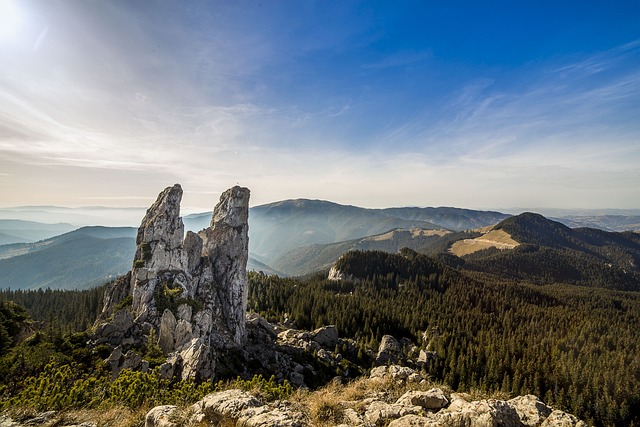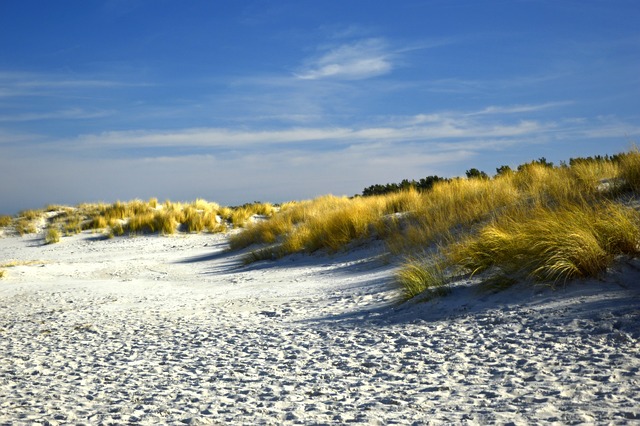Oregon Dunes National Recreation Area is a 40,000-acre natural wonder with diverse ecosystems, famous for its sand dunes. Sandboarding in Florence is a popular activity, but balancing recreation and ecosystem preservation is crucial. Strict regulations, responsible visitor behavior, and conservation efforts protect rare flora and fauna while allowing thrilling experiences like sandboarding to thrive. Sustainable practices and community involvement ensure the dune ecosystem's long-term preservation.
Oregon Dunes National Recreation Area is a vibrant ecosystem that attracts visitors from around the world, particularly those seeking thrilling experiences like sandboarding in Florence. This unique landscape, however, faces challenges in balancing recreation with conservation. From understanding its delicate balance to implementing sustainable practices, this article explores strategies to protect native species and habitats while ensuring the area remains a premier destination for outdoor enthusiasts.
- Understanding Oregon Dunes' Unique Ecosystem
- Sandboarding in Florence: A Popular Recreation
- Challenges of Balancing Recreation and Conservation
- Protecting Native Species and Their Habitats
- Community Efforts for Wildlife Sanctuary
- Sustainable Practices for Dune Preservation
Understanding Oregon Dunes' Unique Ecosystem

Oregon Dunes National Recreation Area is a unique and dynamic ecosystem, renowned for its vast expanse of sand dunes and diverse wildlife habitats. This protected area, spanning over 40,000 acres, offers a rare glimpse into the intricate balance between nature and human recreation. The dunes themselves are a marvel, formed by centuries of wind and water erosion, creating a shifting landscape that supports an array of specialized plant and animal life.
The region’s diverse terrain includes not just towering sand dunes but also wet meadows, forests, and coastal habitats. This variety is especially crucial for local wildlife, providing shelter, food sources, and breeding grounds. Sandboarding enthusiasts who visit Florence to enjoy this thrilling activity can contribute to the area’s preservation by adhering to responsible recreation guidelines, ensuring that their passion for adventure does not disturb or damage this delicate and valuable ecosystem.
Sandboarding in Florence: A Popular Recreation
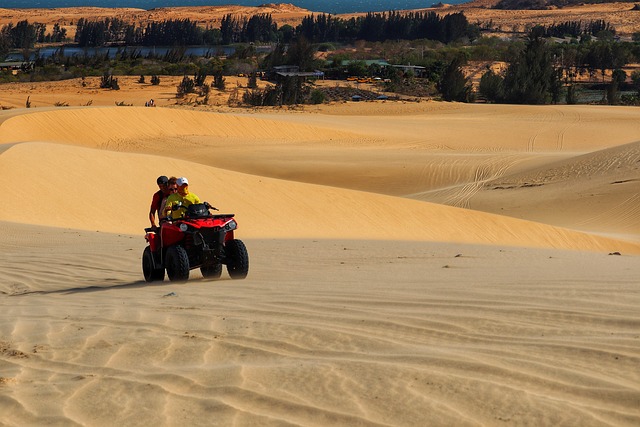
Sandboarding in Florence has emerged as a popular recreation, drawing both locals and visitors alike to the unique terrain of the Oregon Dunes National Recreation Area. This thrilling activity involves sliding down the expansive sand dunes on a specialized board, offering an exhilarating experience amidst the stunning natural landscape. The gentle slopes near Florence provide an ideal setting for beginners and experienced sandboarders alike to enjoy this adventurous pastime.
With its soft, shifting sands and dramatic coastal views, the area around Florence has become a hotspot for sandboarding enthusiasts. Local businesses have capitalized on this popularity, offering guided tours and equipment rentals, ensuring that visitors can safely explore the dunes while enjoying the thrill of sliding down their slopes. This recreational activity not only contributes to the local economy but also raises awareness about the delicate balance between preserving the natural beauty of the Oregon Dunes and facilitating outdoor adventures.
Challenges of Balancing Recreation and Conservation
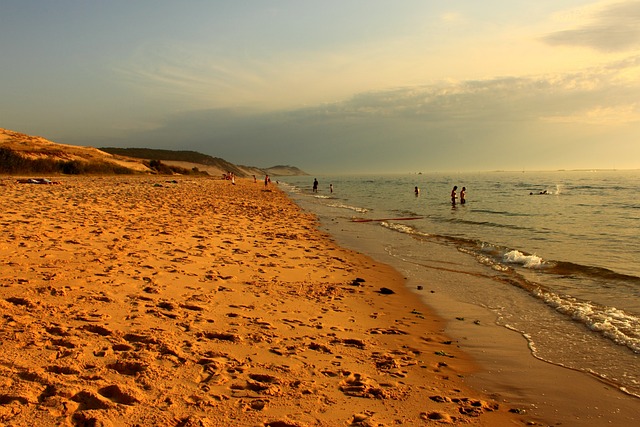
Oregon Dunes National Recreation Area presents a unique challenge: balancing the desire for recreational activities, particularly popular pursuits like sandboarding in Florence, with the need to protect and conserve its delicate ecosystem. This area is home to a diverse range of wildlife and rare plant species that thrive in the unique dune environment. The influx of visitors, especially during peak seasons, can significantly impact this fragile landscape.
One of the primary concerns is habitat disruption caused by off-road vehicles, including sandboarders. Their trails can easily erode the dunes, disturbing the nesting grounds of birds and the delicate balance of flora and fauna. Additionally, human activity can lead to the introduction of invasive species, which pose a significant threat to the native wildlife. Therefore, managing recreation while preserving the natural beauty and biodiversity of the Oregon Dunes requires strict regulations and conscious efforts from both visitors and authorities to ensure this unique ecosystem’s longevity.
Protecting Native Species and Their Habitats

Oregon’s Dunes National Recreation Area is a haven for diverse wildlife, many of which are native to the region. Protecting these species and their habitats is paramount, especially as activities like sandboarding in Florence gain popularity. Conservation efforts focus on preserving the delicate balance between human recreation and natural preservation.
The area’s unique ecosystem includes rare plants and animals adapted to the challenging conditions of shifting sands and periodic wildfires. By implementing strict guidelines for visitor conduct, such as designated trails and controlled access during breeding seasons, authorities ensure minimal disruption to wildlife habitats. These measures aim to safeguard not just iconic species like the Oregon dune bug and several bird varieties but also the intricate web of life that sustains these dunes.
Community Efforts for Wildlife Sanctuary

In the heart of Oregon’s coastal landscape, community efforts have transformed the Oregon Dunes into a thriving wildlife sanctuary. Locals and visitors alike embrace sustainable practices, such as responsible sandboarding in Florence, to preserve the delicate balance of this unique ecosystem. These initiatives not only protect native species but also educate the public about the importance of conservation.
Volunteer groups actively work to maintain the dunes’ integrity by removing invasive plants, monitoring bird populations, and creating habitats that support a diverse range of wildlife. Their dedication ensures that future generations can experience the wonders of the Oregon Dunes, including the chance to engage in popular activities like sandboarding while minimizing environmental impact.
Sustainable Practices for Dune Preservation
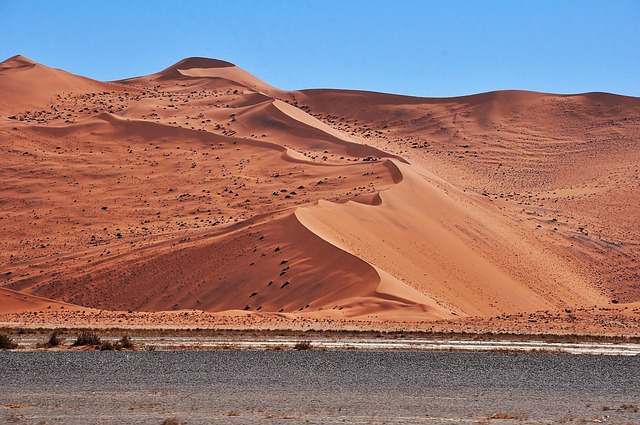
In an effort to preserve Oregon’s unique dune ecosystem, sustainable practices have been implemented throughout the dunes. One popular activity that relies heavily on these conservation efforts is sandboarding in Florence—a thrilling experience that requires a delicate balance between enjoyment and environmental stewardship. Sandboarders are encouraged to adhere to designated trails to minimize their impact on the sensitive dune vegetation. By following these responsible routes, they help protect the intricate network of plants and animals that call these dunes home.
Additionally, strict regulations regarding off-road vehicles and construction projects have been put in place. These measures aim to prevent habitat destruction and ensure the long-term viability of the dunes. Local communities, environmental organizations, and government agencies often collaborate on initiatives such as planting native species, controlling invasive plants, and monitoring wildlife populations. Such collaborative efforts are instrumental in maintaining the delicate equilibrium between recreational activities like sandboarding and the preservation of this remarkable natural wonder.



